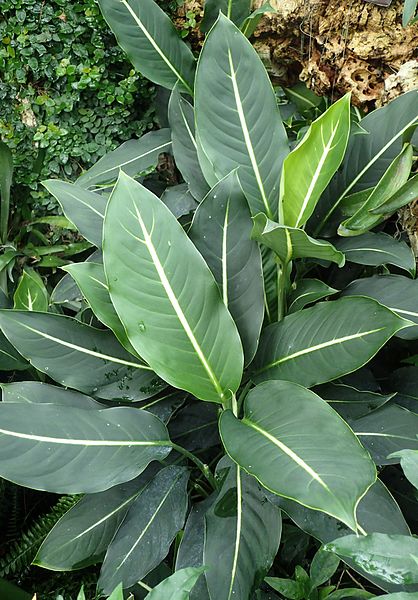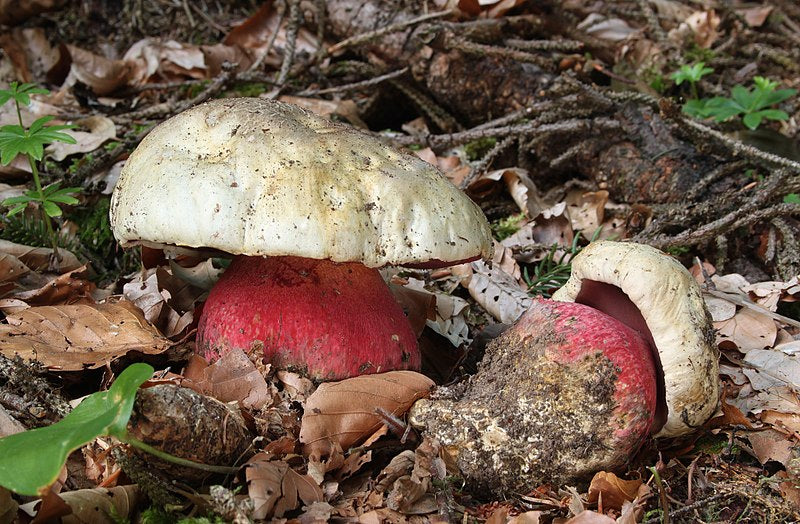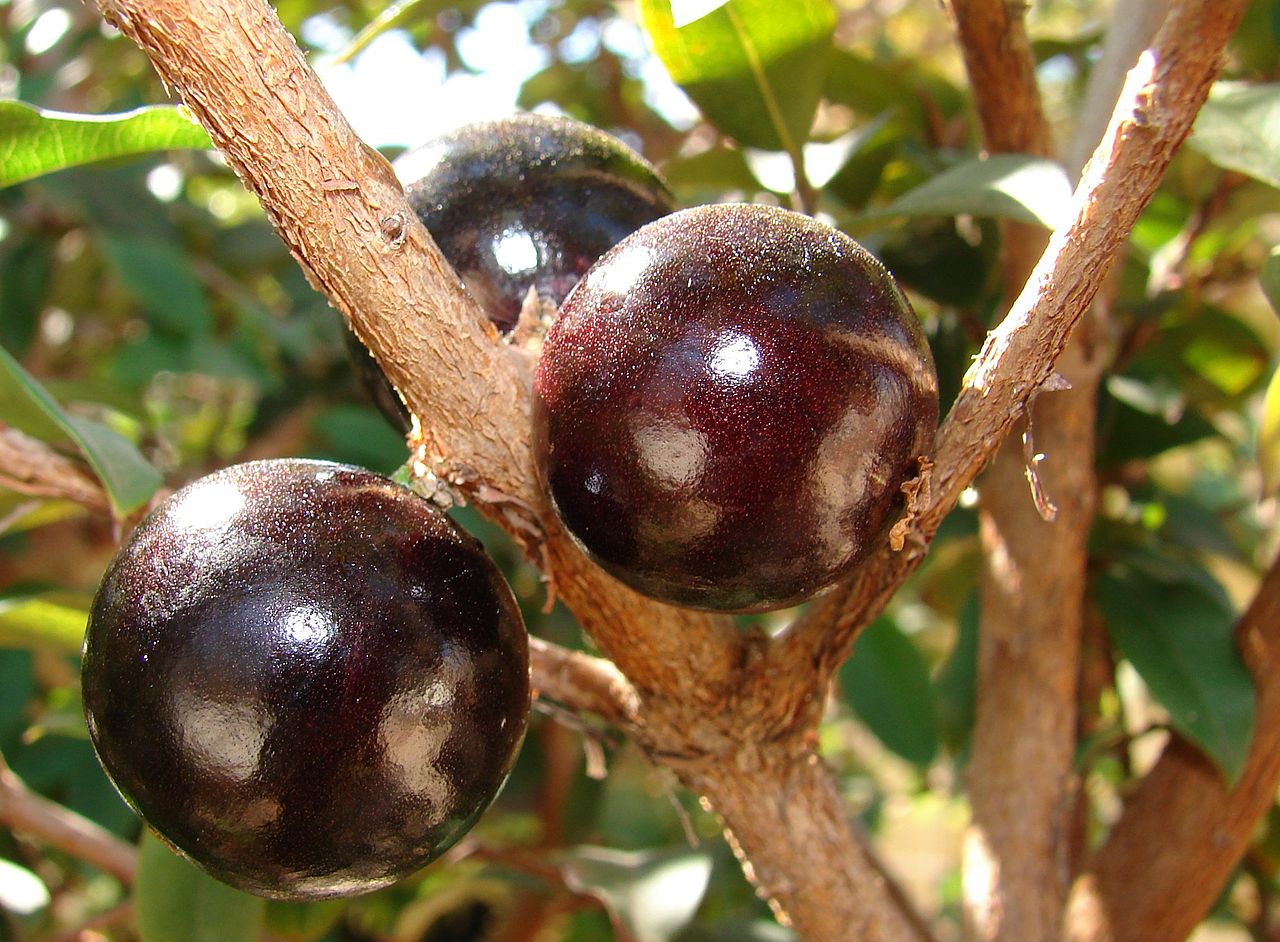
Wild Poisonous Plant Of Week 11- Dumb Cane
Botanical name: dieffenbachia
Common name: Dumb Cane, Mother in Law’s Tongue
Distribution: Originates in South America, Argentina and the West Indies. Was brought over to the UK as an ornamental plant due to its relative hardiness and ability to grow successfully indoors. The plant was originally named by Heinrich Willheim Schott, director of the botanical gardens in Vienna, in honour of the head gardener there, Joseph Dieffenbach.

Appearance: A fast growing plant growing up to 2 metres in height. It features very large, ovate leaves with a waxy appearance. The leaves are fairly hardy and do not lose much water through transpiration meaning the plant needs watering a minimum of twice a week.

Toxicity: Relatively low. Oral ingestion of even smaller amounts can lead to several symptoms including a severe numbing and swelling of the tongue and mouth. These symptoms are what gave rise to the plant’s nicknames as the numbness can cause an inability to speak. Other symptoms may include respiratory difficulties and uncontrollable salivation/drooling. Symptoms are generally short lived, lasting a day or two. However, fatalities have been reported amongst children under 5 and even more so in small animals such as pet cats and dogs. Normally, poisoning occurs with the ingestion of leaves however some may find they exhibit symptoms from contact with sap (although generally much less severe). The poisoning/irritation is actually caused by needle shaped calcium oxalate crystals, which are very “sharp”/abrasive. At worst, symptoms can be last a couple of weeks.

Treatments. Generally treated with antihistamines and medical charcoal.
Images courtesy of Wiki Creative Commons Attribution;
Krysztow Ziarnak, Simon A. Eugster
This file is licensed under the Creative Commons Attribution-Share Alike 3.0 Unported, 2.5 Generic, 2.0 Generic and 1.0 Generic license.


